
Smart Bedroom Lights vs. Traditional Bedroom Lights: Pros, Cons & Expert Tips for 2025
Share
Table of Contents
- 1. What Are Smart Bedroom Lights and How Do They Work?
- 2. How Do Traditional Bedroom Lights Function and What Options Are Available?
- 3. What Are the Key Differences Between Smart and Traditional Bedroom Lights?
- 4. What Are the Pros and Cons of Smart Bedroom Lighting?
- 5. What Are the Pros and Cons of Traditional Bedroom Lighting?
- 6. Which Lighting Option Is Better for Sleep and Relaxation?
- 7. How to Decide: Should You Choose Smart or Traditional Lights for Your Bedroom?
- 8. Can You Combine Smart and Traditional Lighting in One Bedroom?
- 9. What Are the Costs Involved in Each Lighting Option?
- 10. Conclusion: Which Bedroom Lighting Setup Is Right for You in 2025?
Lighting plays a crucial role in how we relax, sleep, and even feel inside our bedrooms. As smart technology becomes more accessible, many are asking: Should I switch to smart bedroom lights or stick with traditional options? In this guide, we'll compare both systems based on real data, expert insights, and customer experiences to help you make the best choice for your lifestyle in 2025.
1. What Are Smart Bedroom Lights and How Do They Work?
Smart bedroom lights are lighting systems that can be controlled via smartphones, voice assistants like Alexa or Google Home, or pre-set schedules. These lights offer customization features such as:
- Adjustable color temperatures
- Dimmable brightness levels
- Scheduling (e.g., wake-up lights, night modes)
- Voice or remote control
According to a 2024 report from Statista, over 70 million U.S. households now use at least one smart home device, with lighting ranking among the top three categories.
“Smart lights have completely changed my nighttime routine. I just say ‘Goodnight’ and everything dims or turns off automatically.”
— Lena M., Boston, Smart Home Enthusiast
Popular brands in this category include Philips Hue, LIFX, and TP-Link Kasa, each offering app-connected bulbs and fixtures compatible with Android, iOS, Alexa, and Google Assistant.
2. How Do Traditional Bedroom Lights Function and What Options Are Available?
Traditional bedroom lighting includes incandescent, halogen, fluorescent, or basic LED lights that are manually controlled through wall switches, dimmer knobs, or pull chains.
These systems are typically:
- Easier to install and replace
- Compatible with a wide range of fixtures
- Not reliant on Wi-Fi or smart ecosystems
Some popular types include:
- Table lamps with rotary switches
- Ceiling-mounted fixtures
- Floor lamps
- Wall sconces
“I still prefer a classic bedside lamp. It’s simple and never fails.”
— Mark T., Seattle, Apartment Renter
While not as tech-forward, traditional lighting is still widely used due to its simplicity, affordability, and reliability—especially in regions or homes where smart infrastructure isn't yet a priority.
3. What Are the Key Differences Between Smart and Traditional Bedroom Lights?
Here's a direct comparison of key features:
| Feature | Smart Lights | Traditional Lights |
|---|---|---|
| Control Options | App, voice, schedules | Manual switch only |
| Energy Efficiency | Often more efficient via automation | Varies by bulb type |
| Customization | High (color, dim, timing) | Low |
| Installation | May require app setup or smart hub | Plug-and-play or basic wiring |
| Price Point | Higher upfront costs | Lower upfront costs |
| Dependence on Technology | Requires stable Wi-Fi or smart device | Fully independent |
Expert Insight:
"Smart lighting systems are ideal for people looking to enhance comfort and automate routines, but traditional lights are still great for basic needs and simplicity."
— Elena Warren, Lighting Design Consultant, Lighting Research Center
This breakdown shows that the choice often comes down to budget, technical comfort, and personalization needs.
4. What Are the Pros and Cons of Smart Bedroom Lighting?
Under Cabinet COB LED Strip Light with Touch Sensor Dimmable For Bedroom
Advantages of Smart Lighting:
- Convenience: Voice commands and mobile control make turning lights on/off effortless.
- Personalization: Change brightness or color temperature to suit your mood.
- Energy Savings: Automation ensures lights aren’t left on unnecessarily. According to Energy.gov, smart lighting can reduce usage by up to 30% in some households.
- Sleep Optimization: Use "sunset" modes to mimic natural lighting cues and improve sleep quality.
Challenges or Drawbacks:
- Initial Cost: Smart bulbs can range from $15–$60 each.
- Setup Complexity: Requires apps, firmware updates, and Wi-Fi.
- Privacy Concerns: Some users express discomfort with connected devices in bedrooms.
“The initial setup was frustrating, but now I can’t imagine my evenings without the soft amber bedtime lighting.”
— Jessie R., Portland, First-Time Smart Light User
5. What Are the Pros and Cons of Traditional Bedroom Lighting?
Advantages of Traditional Lighting:
- Simplicity: Easy for anyone to use—no apps, no voice commands.
- Affordability: Lower initial investment. A standard LED bulb may cost as little as $2.
- Wide Availability: Available in any hardware store without the need for specialized equipment.
Disadvantages:
- Lack of Automation: Lights must be manually turned on/off.
- Limited Customization: Fixed brightness and color settings.
- Higher Long-Term Energy Use: Especially with incandescent bulbs.
“My bedside lamp has lasted 10 years. I see no reason to change it.”
— Roger D., Florida, Traditionalist Homeowner
While traditional lighting remains dependable, many users find it less adaptive to evolving needs and smart home environments.
6. Which Lighting Option Is Better for Sleep and Relaxation?
Lighting plays a crucial role in supporting healthy sleep. The body’s circadian rhythm—our internal clock that regulates sleep-wake cycles—is heavily influenced by light exposure.
Smart Lights and Sleep Health
Smart lights offer scheduling features that mimic sunset and sunrise patterns, helping ease the body into a restful state. For example:
- Warm tones (1800K–2700K) reduce blue light, encouraging melatonin production.
- Smart features like “bedtime routines” slowly dim the lights to signal to your brain it's time to wind down.
According to a 2023 study by the Sleep Foundation, individuals who used smart lighting with circadian-friendly presets reported 19% improvement in sleep quality compared to traditional lighting users.
“I created a ‘winding down’ routine using warm smart lights and it’s drastically improved how quickly I fall asleep.”
— Nina K., Toronto, Verified Smart Light User via Reddit
Traditional Lights and Sleep
Traditional lights, especially incandescent or cool LED bulbs, often emit harsh blue light, which suppresses melatonin production. Unless equipped with dimmers or warm-colored bulbs, they may interfere with the body’s ability to transition into sleep mode.
7. How to Decide: Should You Choose Smart or Traditional Lights for Your Bedroom?
Choosing between smart and traditional lighting depends on your:
1. Daily Routine
-
Busy mornings? Use smart lights with wake-up features.
- Regular bedtime schedule? Traditional lights may suffice.
2. Tech Comfort Level
- If you're comfortable with apps and devices, smart lighting offers more functionality.
- For those less tech-savvy, traditional options are more straightforward.
3. Budget
- Smart lighting requires higher upfront investment but can save money in the long run.
- Traditional lights are cost-effective initially but may lead to higher energy bills.
4. Design Preferences
- Smart lights offer dynamic ambiance with adjustable tones.
- Traditional lights come in classic styles suitable for rustic, vintage, or minimal interiors.
Community Poll (Reddit r/HomeImprovement, Nov 2024):
“What do you prefer for bedroom lighting?”
- Smart lights: 58%
- Traditional lights: 28%
- Mix of both: 14%
8. Can You Combine Smart and Traditional Lighting in One Bedroom?
Absolutely. Many homeowners opt for a hybrid lighting solution, using both smart and traditional fixtures to balance style, cost, and functionality.
How to Blend the Two:
- Use smart bulbs in main overhead lights or bedside lamps.
- Keep a traditional floor lamp or reading light as backup.
- Combine with smart plugs to control traditional lamps via voice or app.
“I installed smart lights overhead but kept my vintage bedside lamp. It gives me the best of both worlds.”
— Sandra P., Austin, Interior Decorator
This approach also provides redundancy—if your Wi-Fi goes down, you still have traditional lighting as a fallback.
9. What Are the Costs Involved in Each Lighting Option?
Let’s break down the approximate costs involved with each lighting system:
| Cost Type | Smart Lights (2025) | Traditional Lights |
|---|---|---|
| Bulb Price | $15–$60 per smart bulb | $2–$8 per standard LED bulb |
| Fixture Compatibility | May require compatible fixtures | Universal compatibility |
| Installation | DIY or professional setup (optional) | Simple plug-in or wiring setup |
| Energy Savings | Up to 30% with automation (source: Energy.gov) | Depends on bulb type and usage |
| Longevity | 15,000–25,000 hours | 1,000–10,000 hours |
| Maintenance | Firmware updates occasionally required | Rare maintenance required |
While smart systems may seem pricey upfront, long-term energy savings and convenience often justify the investment, especially for tech-savvy users or those optimizing for comfort and efficiency.
10. Conclusion: Which Bedroom Lighting Setup Is Right for You in 2025?
So, which is better—smart bedroom lights or traditional ones? The answer depends entirely on your lifestyle, preferences, and long-term goals.
- Choose smart lighting if you value automation, customization, and energy savings.
- Stick with traditional lighting if you prioritize simplicity, affordability, and reliability.
- Consider a hybrid approach to enjoy the best of both worlds.
✅ Expert Tip:
Before committing, test a single smart bulb in your bedroom for a week. See how it fits your habits and comfort level before expanding your setup.
Ultimately, both systems have their place in 2025 bedrooms. With the rapid growth of smart home tech, combining functionality with comfort is now more achievable—and more affordable—than ever.
Related Articles:
- The Ultimate Guide to Bedroom Lights
-
LED Bedroom Lights vs Incandescent: Efficiency
- Floor Lamps vs. Ceiling Lights for Bedroom: Which is Better?
- Smart Bedroom Lights vs. Traditional Bedroom Lights
- LED Strip Lights vs. Fairy Lights for Bedroom Decoration
- Top Bedroom Lighting Trends for 2025
- Soft White vs Daylight Bulbs: Key Differences
- Top 7 Statement Lighting Ideas for Bedrooms 2025

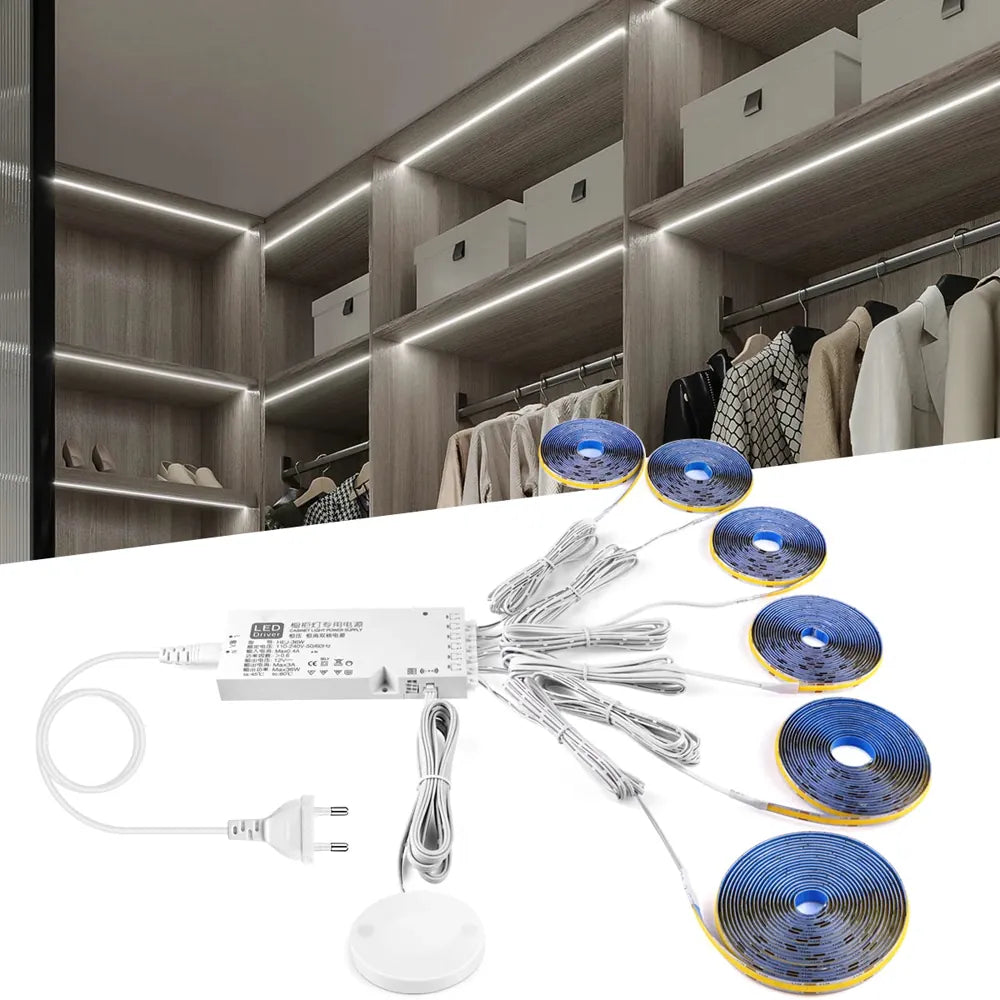

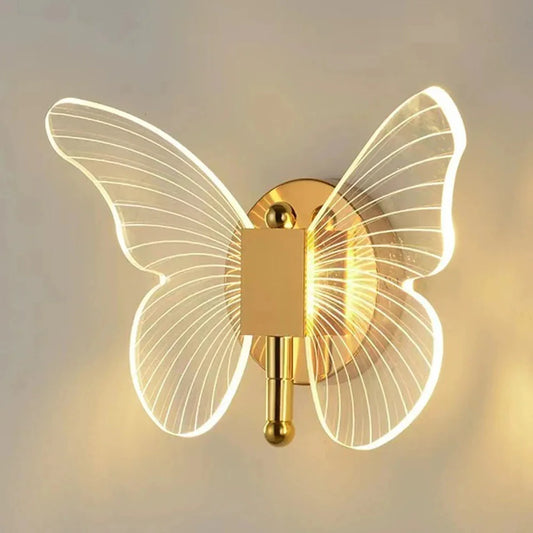

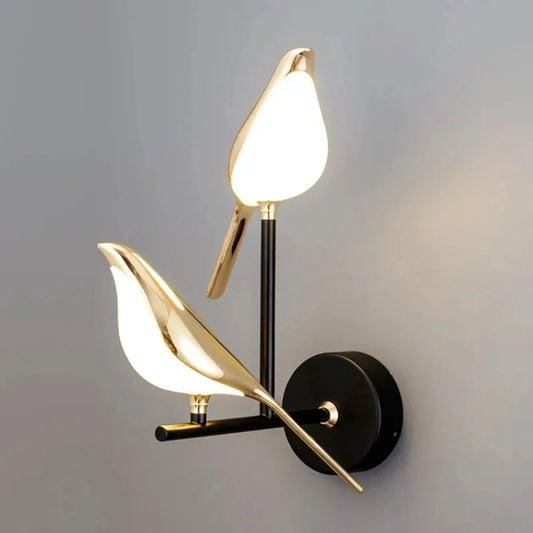

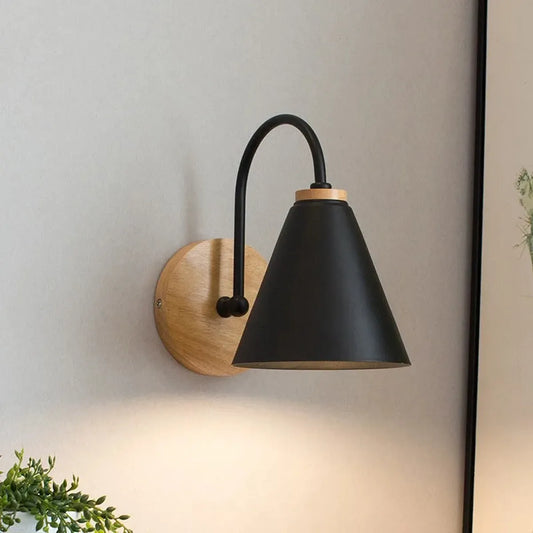

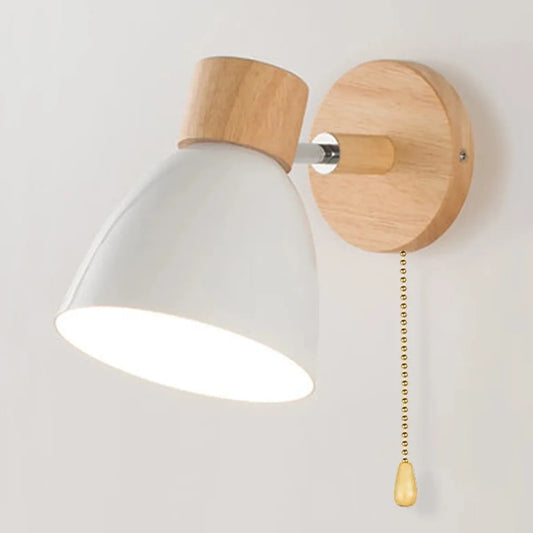



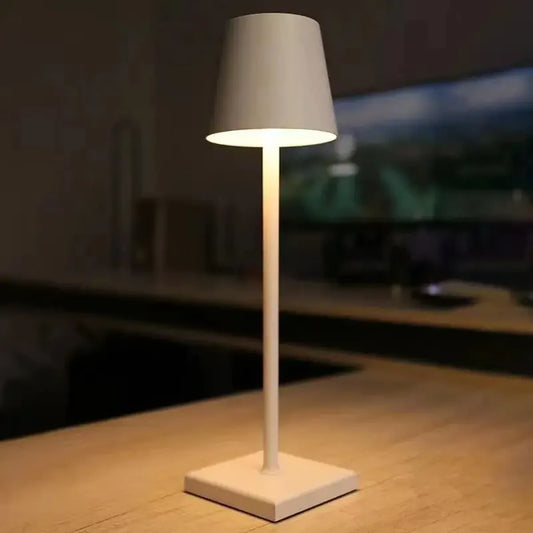

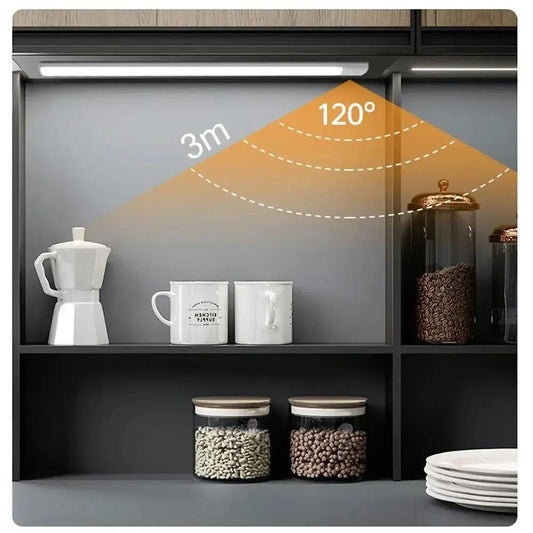

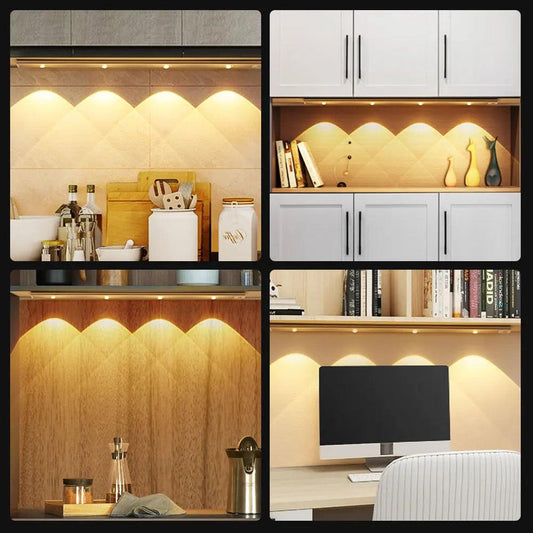

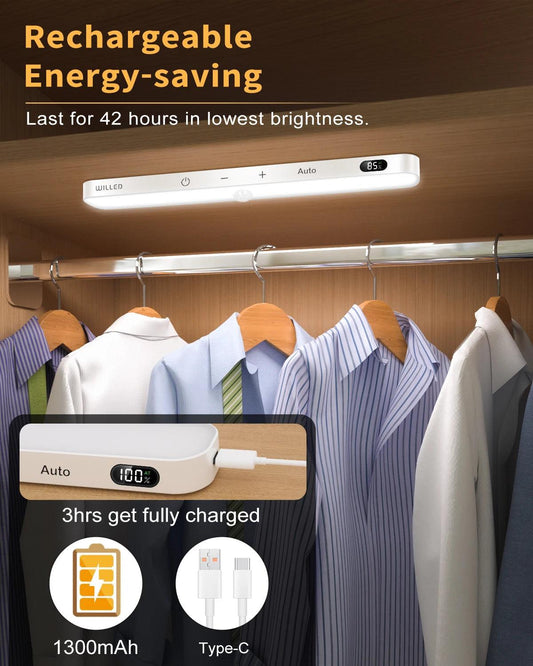

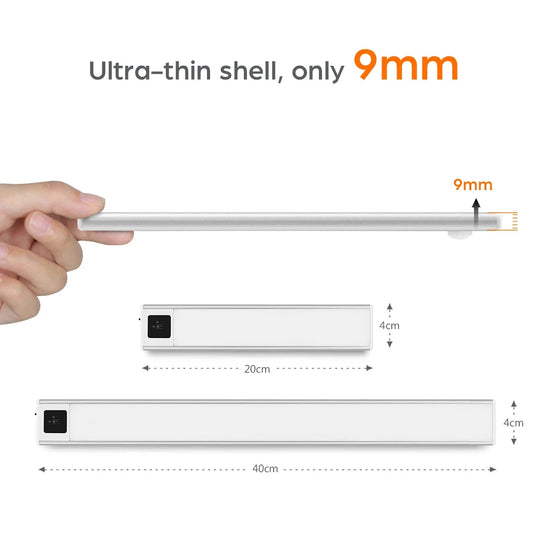

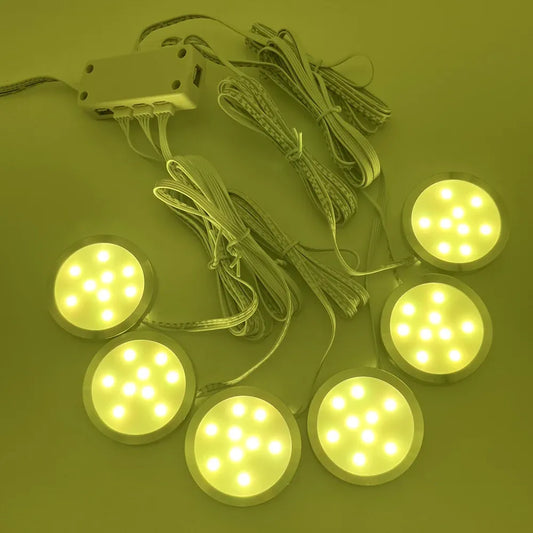

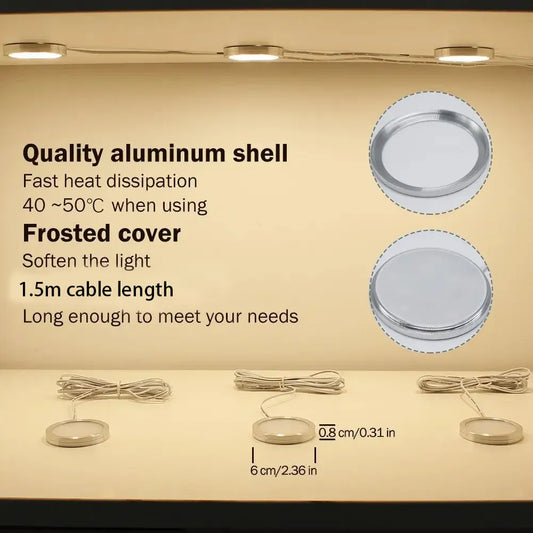



 />
/>
 />
/>
 />
/>
 />
/>
 />
/>